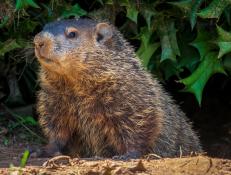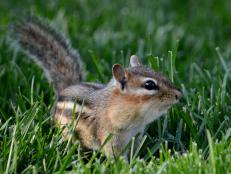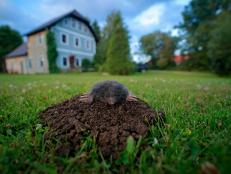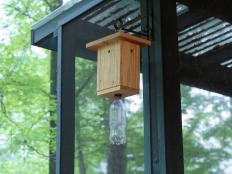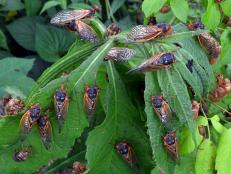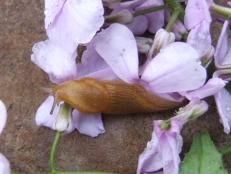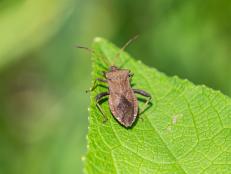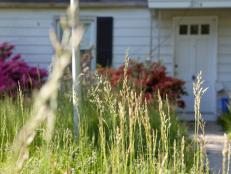5 Ways to Keep Snakes Out of Your Garden
Follow these easy tips to send serpents slithering in the other direction.
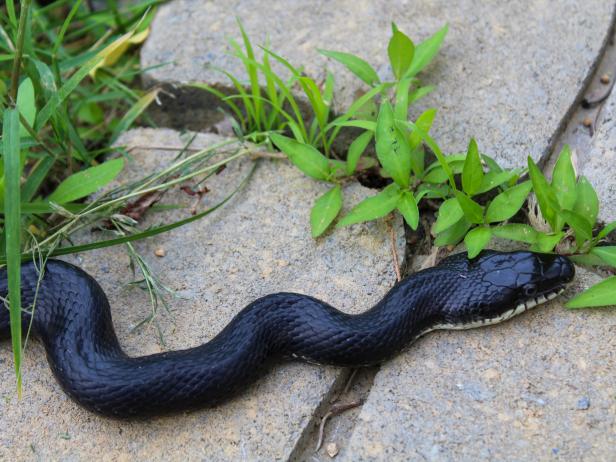
Buttermilkgirl Virginia/Shutterstock
Black rat snakes keep the pest population down, but may also enjoy an egg poached from your chicken coop.

According to legend, Ireland had a snake problem. In a land overrun by sinister, slithering serpents, St. Patrick rose up and drove the scourge into the sea. Some say he used his shepherd's crook to frighten them away. Others say music or a lyrical rhyme. Perhaps he gave a sermon so powerful the oppressive creatures fled in fear and shame. The last of these is likeliest, in that this myth probably speaks not literally of snakes, but of sinners driven away by the impact of the missionary's religious convictions.
This much is true: There are no snakes in Ireland.
Scientists suggest their absence is not because they left, but because they never got there at all. After the ice age, the icy sea surrounding this inhospitable island country simply prevented snakes from settling there. I think I prefer the tale of St. Patrick.
12 Animal Enemies of Your Garden 12 Photos
From squirrels to deer to moles, be aware of the damage these small and large animals can do to your garden and how to fight back.
A land without snakes probably holds a lot of appeal to those with ophidiophobia (fear of snakes) or just find them icky on general principle. As a gardener, I am generally pro-snake, happy to have the slithery, low-profile predators on hand to keep rodent riff-raff from eating my plants. My tune changed just a bit the first time I found a black rat snake curled up in one of my chicken nesting boxes cheerfully swallowing his second egg. And when I was called onto an elementary school playground to remove a copperhead discovered under a play structure, a snake-free land started to look mighty appealing.
Copperheads are a venomous snake not uncommon here in North Carolina and their bite causes painful tissue damage and can even be fatal. North Carolina has the unfortunate distinction of having the highest rate of venomous snake bites in the United States. While it is usually my preference to relocate unwelcome wildlife, I do not hesitate to kill the copperhead.
If snakes have overstayed their welcome in your yard and St. Patrick isn't on hand to drive them away with a wave of his shepherd's crook, all is not lost. Although it is nearly impossible to truly keep outdoor spaces snake-free, a few preventative measures might keep them from hanging around.
1: Clean Up the Clutter
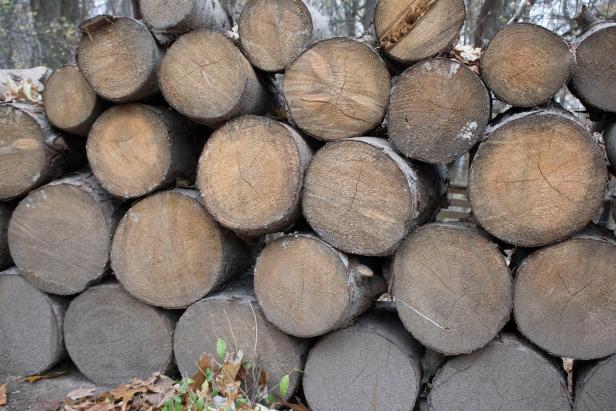
Emily Fazio
Stacks of wood, rock piles or other debris piled near your home are an invitation for snakes to settle in. Clear out what isn't necessary and make sure the rest is kept tidy and away from structures.
2: Mow the Lawn

Fiskars.com
Tall grass is the perfect opportunity for these ground dwellers to lurk undetected. Snakes are unlikely to linger on a well-maintained lawn and if they do, you'll see them coming.
3: Keep Hedges Trimmed and Tidy

Snakes follow the food. Field mice, frogs and other fodder are inclined to seek out dense brush or accumulated leaves to keep cool and out of sight.
4: Check Structures for Gaps or Holes
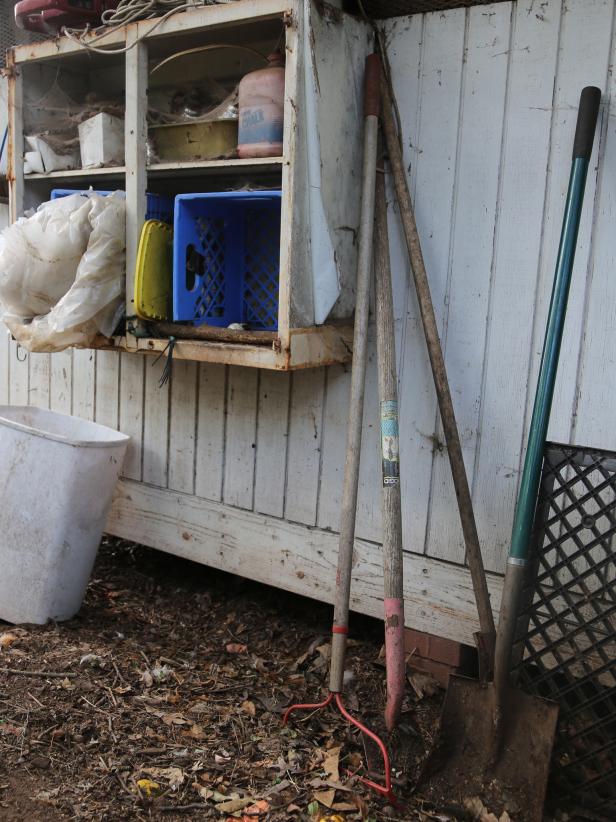
Seal that gap under the tool shed door and inspect the foundation of your home for any appealing hidey-holes. A space no wider than your finger can be all these reptiles need to make your house their home.
5: Collect Eggs Regularly
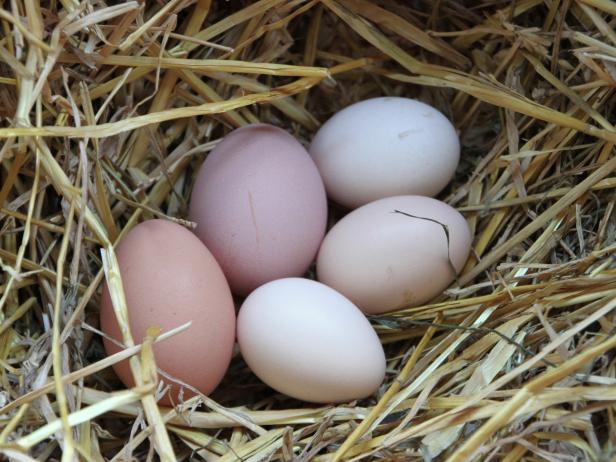
If you have embraced the joys of backyard chickens and the eggs they provide, be aware that snakes like those eggs even more than you do. Once they have discovered a clutch, snakes will return regularly to feast.
Most snakes are harmless (although still creepy), but unless you know exactly what kind you're dealing with, proceed with extreme caution. If bitten, seek immediate medical attention.







